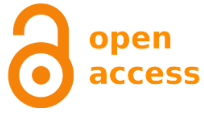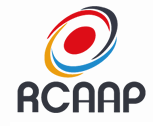
Prevention and Combat of Plagiarism and Misconduct
Starting in 2025, Semina: Agricultural Sciences has adopted the iThenticate software by Turnitin to detect similarity or plagiarism in scientific articles submitted and recommended for publication by at least two reviewers.
The journal encourages authors to adhere to the ethical and moral guidelines established by the Committee on Publication Ethics (COPE), in order to promote scientific integrity.
Types of Plagiarism
Semina: Agricultural Sciences recognizes several forms of academic plagiarism, including but not limited to:
- Direct plagiarism: the literal copying of excerpts from texts, data, tables, images, or graphs without proper source attribution, quotation marks, or citation.
- Indirect plagiarism: the reproduction of ideas from an original text using different words (paraphrasing) without proper acknowledgment of the original author.
- Source plagiarism: citing secondary sources as if they were directly consulted (primary sources), without referencing the intermediary.
- Permitted plagiarism: presenting or signing off on someone else's work as one's own, with the original author's consent.
- Self-plagiarism: reusing content already published by the author themselves, presenting it as original without proper citation or contextualization. Source: INCA (2025).
Verification Procedures
All manuscripts submitted to the journal undergo a thorough analysis using the iThenticate software, which detects similarities in order to identify potential instances of plagiarism or improper source usage.
- For articles submitted in English, the verification is carried out immediately after receiving at least two favorable reviews recommending acceptance of the manuscript.
- For articles submitted in Portuguese, the verification takes place after receiving at least two favorable reviews recommending acceptance of the manuscript and after the authors submit the English translation.
Consequences of Plagiarism
When improperly referenced content is identified:
- Manuscripts with minor inconsistencies may be returned to the authors for necessary corrections.
- In more serious cases, the article will be immediately rejected with no possibility of resubmission, and the authors will be formally notified. The authors' affiliated institution may also be informed.
- If plagiarism is identified after publication, the article will be removed from the journal's website and publicly retracted, as determined by the Editorial Committee.
Authors' Responsibility
Authors are fully responsible for strictly adhering to the journal's submission guidelines, ensuring that:
- All sources and external contributions are properly referenced.
- There are no conflicts related to copyright or intellectual property rights.













